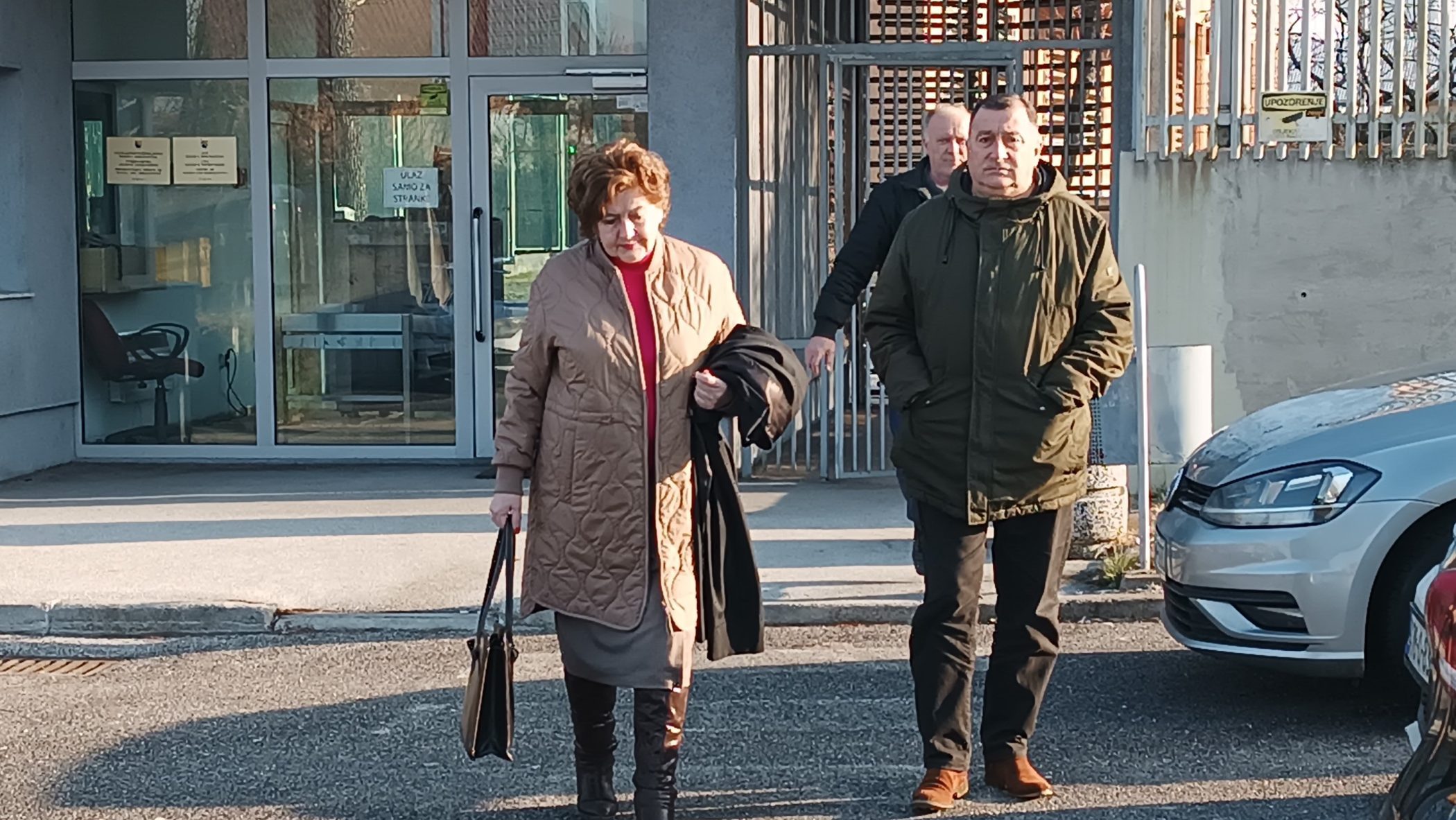This post is also available in: Bosnian
The indictment alleges that Puljic, the former commander of the Second Battalion of the Second Brigade of the Croatian Defense Council (HVO), had detainees taken out of the Heliodrom detention camp to be used as forced labour and human shields from May 1993 to March 1994. According to the charges against him, 11 civilians were killed and 73 more were wounded while being used as forced labour and human shields. Members of the Second Battalion also allegedly abused 15 detainees.
Testifying at today’s hearing, expert witness Zemir Sinanovic said numerous requests for taking detainees out of the camp included those sent by Puljic, in his capacity as commander of the Second Battalion of the Second Brigade of the Croatian Defense Council.
Sinanovic concluded that Zlatan Mijo Jelic was the authority responsible for allowing detainees to be taken out of the camp, after he left the position of military police commander and became the Head of the Mostar Town Defense on August 6, 1993.
Sinanovic said the manager of the Heliodrom detention camp approved Jelic’s requests to take detainees out of the camp. He said at some point, although he alerted his superiors that some detainees weren’t being returned, the practice wasn’t discontinued.
Sinanovic said these procedures weren’t in line with rules in place, as the Heliodrom detention camp wasn’t under the control of the Head of the Town Defense, as the founder of that facility.
Sinanovic said Puljic was required to submit each request for detainees from the battalion level to the Command of the Second Brigade, instead of skipping this step and addressing the Mostar Town Defense as the highest authority.
The prosecution has filed an indictment against Jelic as well, charging him with crimes in Mostar. He currently lives in Croatia.
Prosecutor Remzija Smailovic asked Sinanovic if the Second Battalion participated in mass persecution, arrests and taking Bosniaks away on May 9, 1993. Sinanovic said all the units that were present in the area participated in that campaign.
According to Sinanovic, numerous units were active in the small area of Mostar. When asked who was superior to the anti-terrorist groups (ATG) and other units, Sinanovic said they were placed under the control of the Mostar Town Defense, once it was formed.
“ATG units looked like they were detached from the others, but they were formally subordinated to the South-Eastern Herzegovina Operational Zone and to Jelic for a certain period of time,” Sinanovic said.
He described Puljic’s Second Battalion as the “fist” of the Second Brigade. He said it was strengthened by parts of the Hercegovacka Brigade and the military police at some stage.
Sinanovic said the commander’s responsibility wasn’t only to issue orders, but to monitor their execution so he could have control. Taking into account the arrests and the transport of people to locations where they performed forced labour, Sinanovic said that in this particular case, the commander’s control was insufficient, adding that crimes were not reported.
“Control is a way of prevention, a way to avoid omissions. If it does not exist, we speak of cooperation,” Sinanovic said.
Puljic’s defense will cross-examine Sinanovic on February 24.

